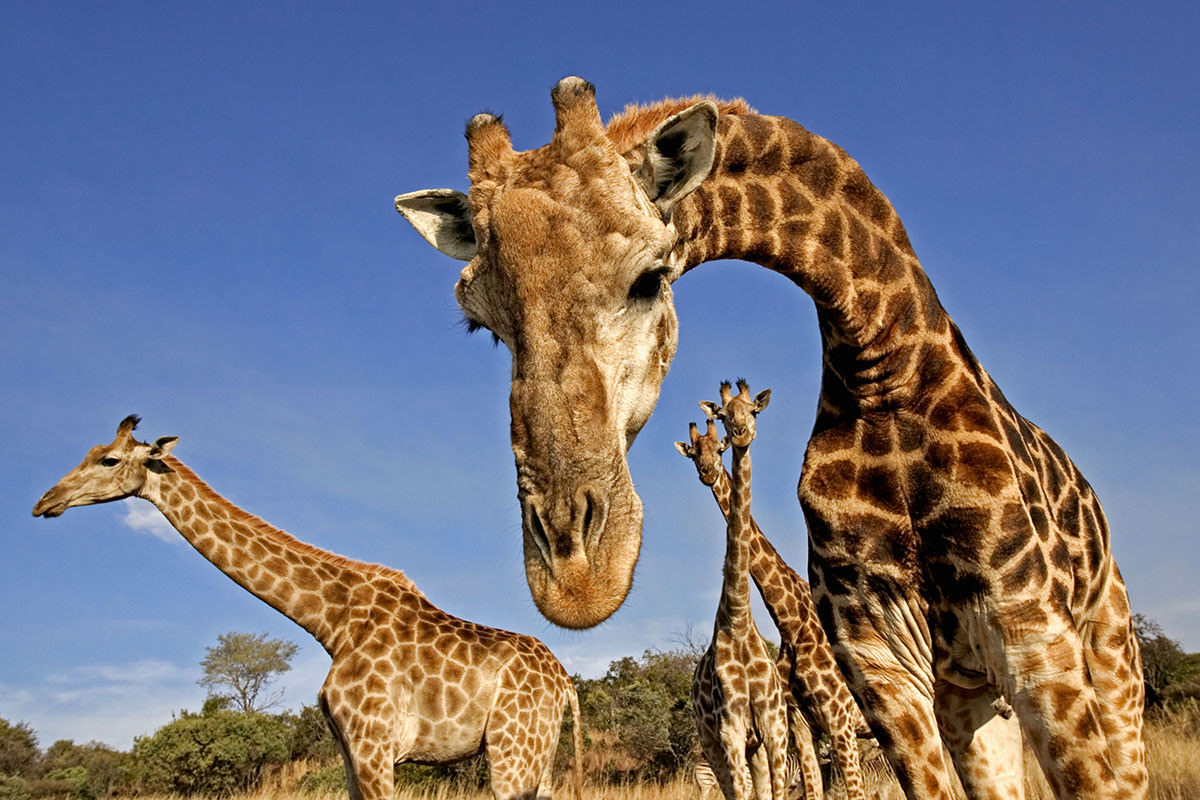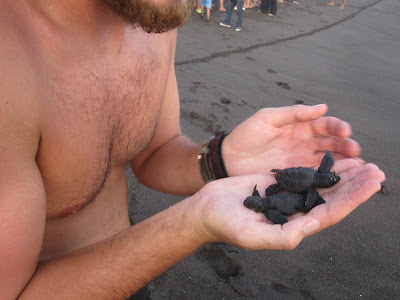Ozzy Ozbourne fucked Typhoid Mary and now we all have to stay inside. It may not be a story old as time but it’s time this story was told. You heard it here first: patient zero of the COVID19 outbreak has been overlooked and it all began on January 20, 1982 at Veterans Memorial Auditorium in Des Moines (pronounced Di-ez-Moy-in-ez). Before we jump ahead to a Days Moones, Iowa 1982 let’s talk about a terrifying and super neat mammal: the bat.
First some words of wisdom from Bane, fictional supervillain and adversary to Batman: “Calm down doctor, now is not the time for fear. That comes later.” With that in mind, buy the ticket, take a seat, accept the neatness, freak out and get over it, it's pretty neat.
Bats are slumdog harlots and don’t give a fuck. By slumdog I mean that bats live in huge colonies in dark, humid, shit filled caves. By harlot I mean sexual deviants with no regard for personal, public or pubic health. And by bat, I mean bat.. In addition, bats can live up to 20 years, some up to 40, which gives them a lot of time to get their freak on (shout out to Missy Elliott). This shitstorm of guano and indiscriminate geriatric bat orgies are ideal conditions for passing viruses to one another. Oh also, they fly, live on all continents except Antarctica and make up 25% of all mammals. So there’s a lot of them and they are everywhere. Shit. But also, super neat.
First, let’s dive into all the viruses that bats have been known to harbor and a little about a few for a nice bedtime story: Ebola virus, Marburg virus, Swine Acute Diarrhea Syndrome (not kosher), paramyxoviruses, influenza virus, Araraquara orthohantavirus (really bad one), bunyaviruses (including severe fever with thrombocytopenia syndrome (SFTS) virus and Heartland virus), rotavirus, norovirus, reoviruses, rabies virus (87% acquired human rabies cases in US due to bats since 1980), and last but not least coronaviruses.
Now how can Batman/Batwoman spend their lives riding the village bat-cycle unprotected and inside a dark porta-potty without any consequences. Well, you may not be surprised to learn that the answer is friggin neat.
Bats have a butt ton of DNA floating around in the cytoplasm of their cells. You may be at home thinking, DNA is good, the more the better, right? Just like bourbon whiskey, guacamole and neat animal facts. No jerkass, you clod. In general, whiskey, guacamole and neat facts belong mostly in the nucleus and mitochondria and not the cytoplasm. Cytoplasmic DNA can be generated by viral infections OR as a byproduct of oxidative metabolism and stress caused by the high demands of flight (side note: bats are the only mammal that can fly).
Normally, the response causes inflammation and activation of other immune mediators to remove the DNA fragments. Studies have shown that evolution, yes evolution, fuck you Jerry Falwell Jr/Sr, has weakened the immune response to high cytoplasmic loads of DNA, namely in the form of signalling proteins called interferons, so bats don’t get sick as easily when they get exposed to nasty shit. That's pretty neat.
In conclusion, Ozzy Ozbourne bit the head off a bat that was infected with COVID-19 in Da Moughens, Iowa in 1982. Then in late 2019 Ozzy traveled to Wuhan Province, China for a gig (unverified but highly likely), ate another bat (unrelated but likely), shared the bat with his Chinese tour manager, Typhoid Mary (unproved but he did), Ozzy fucked Mary (unsure but he would), TM got sick with a respiratory illness defined largely by fever, sore throat, pneumonia and respiratory compromise (unconfirmed but...poor girl), and then Mary got between 2 and 2.5 people sick at a wet market. And now we all have to stay inside.
First some words of wisdom from Bane, fictional supervillain and adversary to Batman: “Calm down doctor, now is not the time for fear. That comes later.” With that in mind, buy the ticket, take a seat, accept the neatness, freak out and get over it, it's pretty neat.
Bats are slumdog harlots and don’t give a fuck. By slumdog I mean that bats live in huge colonies in dark, humid, shit filled caves. By harlot I mean sexual deviants with no regard for personal, public or pubic health. And by bat, I mean bat.. In addition, bats can live up to 20 years, some up to 40, which gives them a lot of time to get their freak on (shout out to Missy Elliott). This shitstorm of guano and indiscriminate geriatric bat orgies are ideal conditions for passing viruses to one another. Oh also, they fly, live on all continents except Antarctica and make up 25% of all mammals. So there’s a lot of them and they are everywhere. Shit. But also, super neat.
First, let’s dive into all the viruses that bats have been known to harbor and a little about a few for a nice bedtime story: Ebola virus, Marburg virus, Swine Acute Diarrhea Syndrome (not kosher), paramyxoviruses, influenza virus, Araraquara orthohantavirus (really bad one), bunyaviruses (including severe fever with thrombocytopenia syndrome (SFTS) virus and Heartland virus), rotavirus, norovirus, reoviruses, rabies virus (87% acquired human rabies cases in US due to bats since 1980), and last but not least coronaviruses.
Now how can Batman/Batwoman spend their lives riding the village bat-cycle unprotected and inside a dark porta-potty without any consequences. Well, you may not be surprised to learn that the answer is friggin neat.
Bats have a butt ton of DNA floating around in the cytoplasm of their cells. You may be at home thinking, DNA is good, the more the better, right? Just like bourbon whiskey, guacamole and neat animal facts. No jerkass, you clod. In general, whiskey, guacamole and neat facts belong mostly in the nucleus and mitochondria and not the cytoplasm. Cytoplasmic DNA can be generated by viral infections OR as a byproduct of oxidative metabolism and stress caused by the high demands of flight (side note: bats are the only mammal that can fly).
Normally, the response causes inflammation and activation of other immune mediators to remove the DNA fragments. Studies have shown that evolution, yes evolution, fuck you Jerry Falwell Jr/Sr, has weakened the immune response to high cytoplasmic loads of DNA, namely in the form of signalling proteins called interferons, so bats don’t get sick as easily when they get exposed to nasty shit. That's pretty neat.
In conclusion, Ozzy Ozbourne bit the head off a bat that was infected with COVID-19 in Da Moughens, Iowa in 1982. Then in late 2019 Ozzy traveled to Wuhan Province, China for a gig (unverified but highly likely), ate another bat (unrelated but likely), shared the bat with his Chinese tour manager, Typhoid Mary (unproved but he did), Ozzy fucked Mary (unsure but he would), TM got sick with a respiratory illness defined largely by fever, sore throat, pneumonia and respiratory compromise (unconfirmed but...poor girl), and then Mary got between 2 and 2.5 people sick at a wet market. And now we all have to stay inside.



























